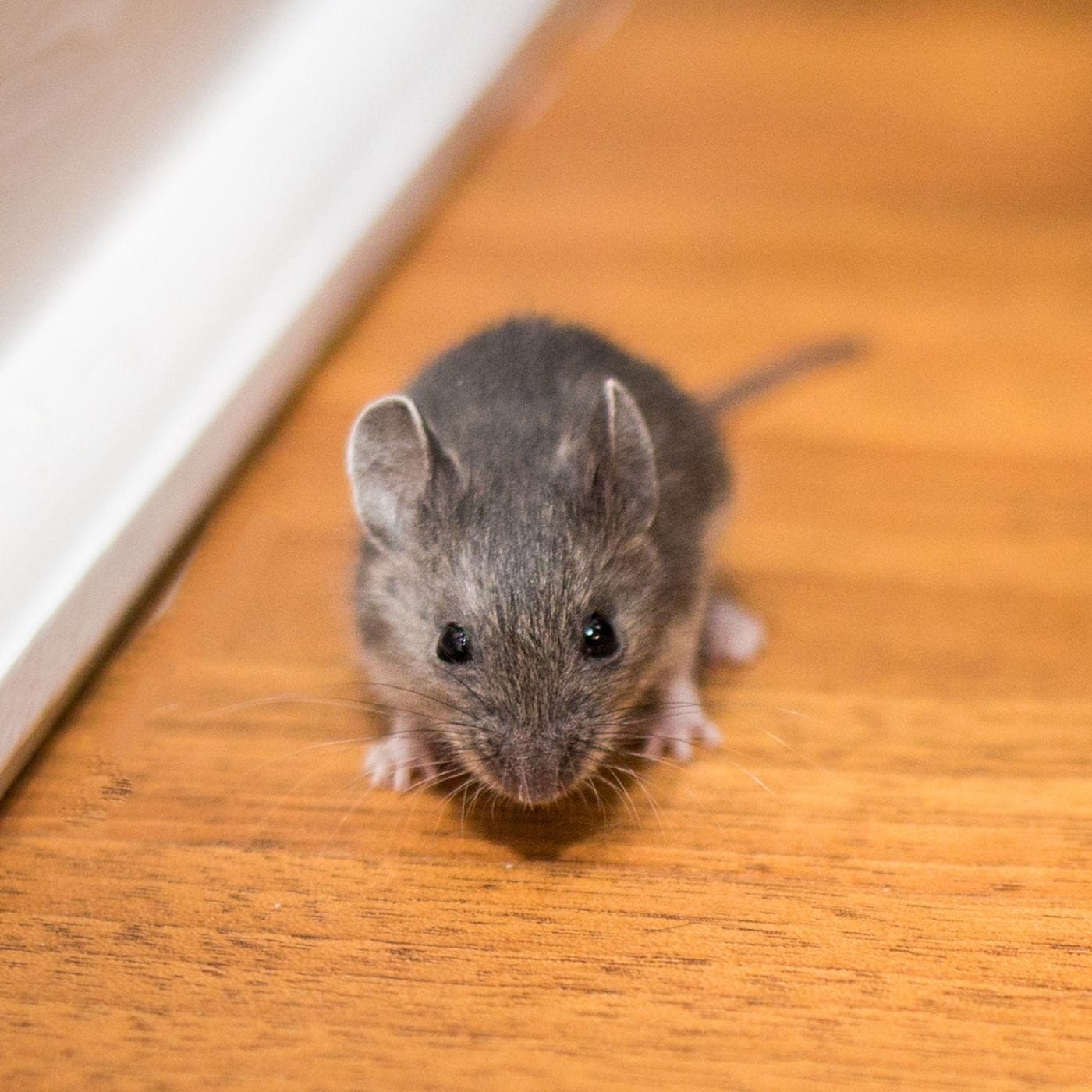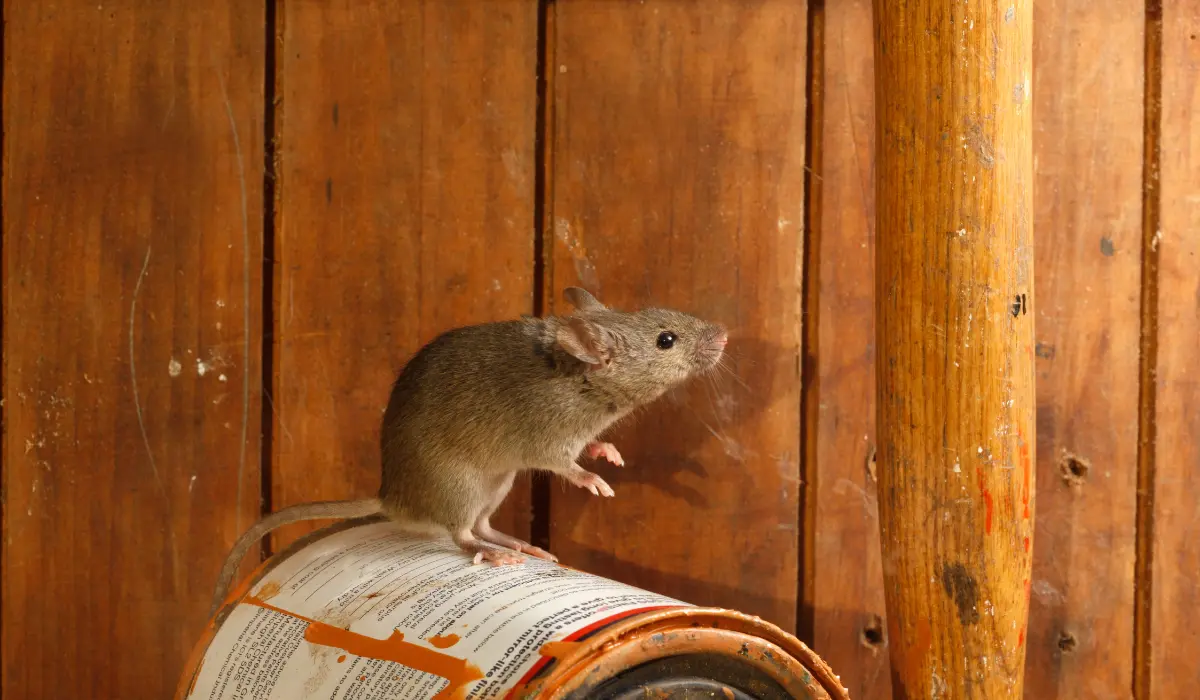Mice and Mouse Treatments in Florida
Exterminator Services for Port Saint Lucie, Jensen Beach, Stuart, Palm City, and Hobe Sound
Mice can become more than just a small inconvenience once they have access to food, water, and shelter inside homes or businesses. In Florida, the mild climate and abundance of vegetation allow mice to flourish year round, posing issues in both urban and rural areas. Communities such as Port Saint Lucie, Jensen Beach, Stuart, Palm City, and Hobe Sound offer beautiful surroundings and comfortable living conditions, yet these advantages can also mean plenty of opportunities for mice to invade. Left unmanaged, mice may contaminate surfaces with droppings, cause structural damage by gnawing through materials, and potentially spread diseases to people or pets.
Below, we will explore what makes Florida so welcoming for mice, how to recognize an infestation, and why enlisting a professional mouse exterminator for mice and mouse treatments in Florida can significantly reduce future problems. You will also learn about practical ways to prevent mice from choosing your space as a nesting site, ensuring that your property remains clean and healthy for the long term.
Why Mice Flourish in Florida
Florida’s subtropical climate stays fairly warm throughout most of the year, seldom reaching the sustained freezing temperatures that might naturally curb mouse populations. When winter temperatures remain moderate, mice can continue breeding and foraging with few interruptions. In some northern regions, cold weather forces mice to slow reproduction or seek refuge indoors only for specific months. By contrast, Florida’s extended warmth and humidity mean mice have a constant opportunity to locate food and nest sites, whether they live near a busy city center or a more rural zone.
Another factor is the plentiful vegetation found in coastal or lush inland communities like Port Saint Lucie or Hobe Sound. Mice prefer tall grass, shrubs, and hidden corners that shield them from predators. Landscaped yards or houses with garden features may inadvertently supply just the right cover for mice to move around undetected. When combined with consistent supplies of water or easily accessible household trash, these conditions can attract mice and encourage them to remain close to human residences.

Signs of a Mouse Infestation
Spotting a single mouse does not always mean there is a significant infestation. However, mice tend to be social animals that multiply rapidly in suitable conditions. Below are indicators that mice have nested in or near your home:
Droppings
Finding small, dark, pellet shaped droppings in pantries, cupboards, or along baseboards is a classic sign of mice. These droppings often appear in corners or behind appliances where mice may scurry.
Gnaw Marks
Mice have ever growing incisors, so they must chew to keep their teeth from becoming too long. You may see gnaw marks on wood, plastic, cardboard, or food packaging. If you store cereal or snacks in thin boxes, mice can easily chew through them, leaving shredded edges.
Nocturnal Noises
Mice are nocturnal, so hearing rustling or scratching in walls or ceilings at night often indicates their presence. You might notice scurrying sounds in the attic or behind the fridge when the home is quiet after dark.
Nests
Mice create nests from shredded paper, fabric, or other soft materials. These nests can be hidden in closets, behind large appliances, or in attics. If you come across small piles of shredded debris in tucked away spots, it could be a mouse nest.
Tracks or Smear Marks
In dusty areas, you might see tiny footprints or tail marks. Additionally, mice traveling along walls often leave rub marks slight grease like streaks from the oils in their fur.
Musky Odor
A heavy or stale odor might build up if a significant number of mice occupy a confined area for a long period. The smell can be strongest near nesting sites or where droppings accumulate.
Even if you notice only a couple of these signs, it is wise to investigate further or contact a mouse exterminator. A small group of mice can multiply into a bigger problem in a short time if left unaddressed.
Potential Health and Property Risks
Mice can contaminate surfaces and packaged foods with droppings or urine, increasing the likelihood of spreading bacteria. Certain illnesses or pathogens can travel from mice to humans, though actual cases are relatively uncommon when proper sanitation practices are in place. Still, the possibility of disease transmission underscores the importance of quickly eliminating mice from living or working spaces.
Beyond health worries, mice damage property through constant chewing. They can gnaw on wooden beams, chew through cardboard boxes, or even ruin stored clothing. More alarmingly, they sometimes bite on electrical wiring, leading to potential fire hazards if a short circuit occurs. Over time, the costs for repairs or replacements can add up, turning what seemed like a minor nuisance into a bigger financial burden.
Why a Mouse Exterminator Is Essential
Mice breed quickly. A single female can produce multiple litters each year, and each litter might consist of several pups that become reproductively active in only a few weeks. If you rely on occasional do it yourself tactics such as setting basic snap traps or using store bought bait without identifying how mice enter or where they nest, you risk only partially addressing the infestation. The problem could persist unseen behind walls or in low traffic areas until mouse populations become larger or more visible.
An experienced mouse exterminator offers knowledge of how mice behave in Florida’s environment. With professional insight and specialized tools, we locate entry points, trap or remove existing mice, and help ensure your home or business is fortified against future invasions. A thorough approach often combines bait stations, properly placed traps, and sealing methods that block rodents from reentering. Whether your property is in Port Saint Lucie, Jensen Beach, Stuart, Palm City, or Hobe Sound, a comprehensive plan with ongoing monitoring keeps mice from reestablishing themselves.

Our Mouse Treatments in Florida
Careful Inspection
Effective mouse control begins with a detailed inspection of the premises. We investigate storage spaces, crawl areas, attics, and other hidden corners for gnaw marks, droppings, or nest materials. Pinpointing where mice enter guides us in deciding which treatments to use first.
Targeted Trapping
We use a variety of traps placed in strategic locations along known mouse runways. Properly positioning traps near walls or behind furniture encourages mice to enter the devices naturally. By removing existing mice quickly, we disrupt their breeding cycle. Our mouse exterminator process ensures that each trap is placed in an area that aligns with mouse patterns, maximizing effectiveness.
Professional Grade Baits
Where appropriate, we may use enclosed bait stations with formulations designed to eliminate mice. These tamper resistant units protect children or pets from accidental contact. It is crucial that bait stations match the level of infestation and are monitored or refilled as needed to keep mice from returning.
Sealing and Exclusion
Even the most efficient trapping or baiting will not solve the problem if mice can still squeeze through a crack or hole outside. We look for gaps around pipes, doors, and foundation vents, then recommend or apply sealant materials to block these entry points. This crucial step helps your property remain mouse free over the long run.
Follow Up
Because mice reproduce so quickly, scheduling follow up visits is essential. We check traps, identify any missed nests, and reassess whether newly discovered entryways need further sealing. Ongoing inspection ensures that each stage of the mouse population is accounted for, including any new pups that might appear after the initial treatments.
Preventive Measures for Mice
Keeping your property unfriendly to mice requires a combination of routine housekeeping and small structural improvements:
Store Food Securely
Mice can easily chew through thin plastic or cardboard. Place cereals, snacks, and pet food in sturdy containers with airtight lids to reduce available food. Clean up spills immediately so crumbs do not linger overnight.
Empty Trash Bins Regularly
Garbage that sits too long invites mice to rummage. Use trash cans with snug lids and bring them outside as needed to avoid indoor odors. Keep exterior bins some distance from doors to limit roach or rodent interest.
Manage Clutter
Piles of old newspapers, cardboard boxes, or seldom used clothing create excellent nesting spots. Organize your storage areas so you can spot droppings or gnaw marks quickly. Keeping belongings elevated on shelves or racks deprives mice of convenient places to build nests.
Repair Leaks
Although not as reliant on water as certain pests, mice do need moisture. Fix any dripping faucets or leaky pipes that might provide a steady source of water. Dry conditions discourage mice from settling in.
Trim Landscaping
Overgrown shrubs or tree limbs close to the house give mice an easy path to upper windows or roofs. Keeping vegetation trimmed back helps avoid bridging routes for rodents. Also, store firewood or yard materials at least several inches off the ground and away from walls.
Check Doors and Windows
Small gaps under doors or around window frames can let mice enter. Installing weatherstripping or using caulk to seal cracks ensures you do not have unguarded entry points. Even tiny holes can be used by mice, which can squeeze through spaces as small as a dime

Local Insights for Port Saint Lucie Jensen Beach Stuart Palm City Hobe Sound
These towns and cities each experience Florida’s subtropical weather, making them potential hotspots for mouse activity. Coastal areas may see more tourism and movement, which can unintentionally transport mice from place to place. Palm City and Hobe Sound, often surrounded by natural landscapes or canals, might have greater challenges with mice seeking harborage in tall grass. Meanwhile, Jensen Beach and Stuart attract numerous visitors, raising the risk of mice hitchhiking on shipments or travelers’ belongings. In all locations, the key to successful mouse control is early detection and a well planned exterminator strategy.
Contact Us to Protect Your Space
Whether you have seen a mouse scurrying in your kitchen, discovered droppings in a storage closet, or heard squeaking behind walls, quick action helps avoid bigger issues. Contact us to learn more or schedule your service. Our mice and mouse treatments in Florida target infestations thoroughly, focusing on removing current rodent populations and preventing new ones from sneaking inside. Whether you own a small household in Port Saint Lucie or manage a business in Stuart, enlisting professional help can save time, reduce health risks, and protect your property from gnawing damage. We adjust each plan to fit the property’s layout, rodent behavior, and local environment so you see long term results.
Conclusion
Mice may be small, but they carry substantial implications for homes and businesses in Florida. From contaminating food and surfaces to destroying wiring or wood structures, these rodents can create unwanted stress and financial burdens. Because Florida’s mild climate supports year round rodent activity, ignoring a mouse sighting could lead to larger colonies hidden behind walls or in crawl spaces. By recognizing the signs early like droppings, gnaw marks, or nocturnal scratching noises and arranging for a professional mouse exterminator, you can reclaim a safe and sanitary environment. In Port Saint Lucie, Jensen Beach, Stuart, Palm City, or Hobe Sound, a combination of persistent monitoring, sealing up entry points, and targeted trapping or baiting yields optimal outcomes. A well crafted approach, followed by consistent preventive measures, ensures mice have minimal opportunity to return.
